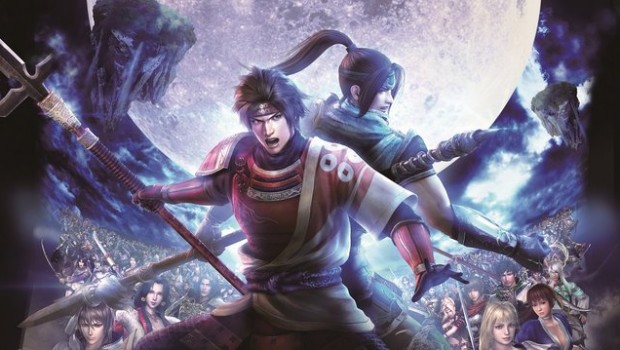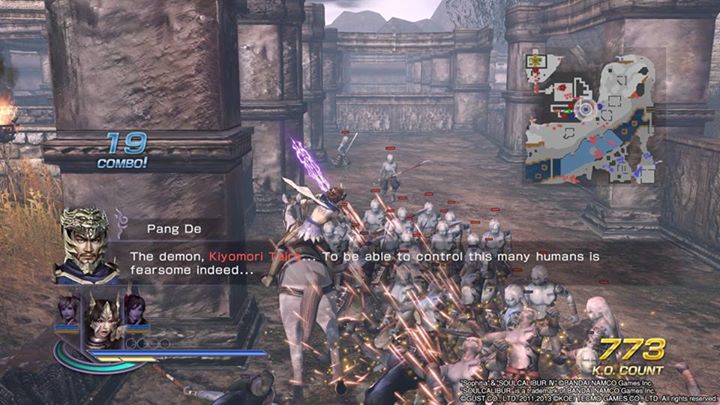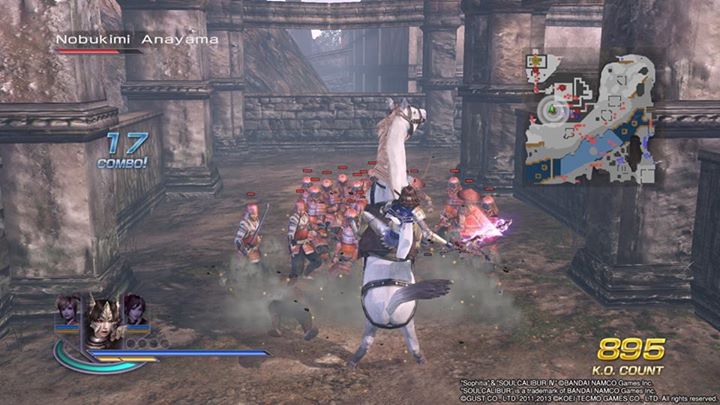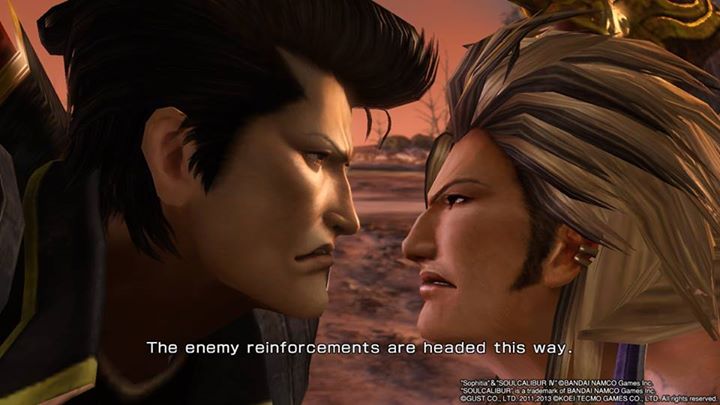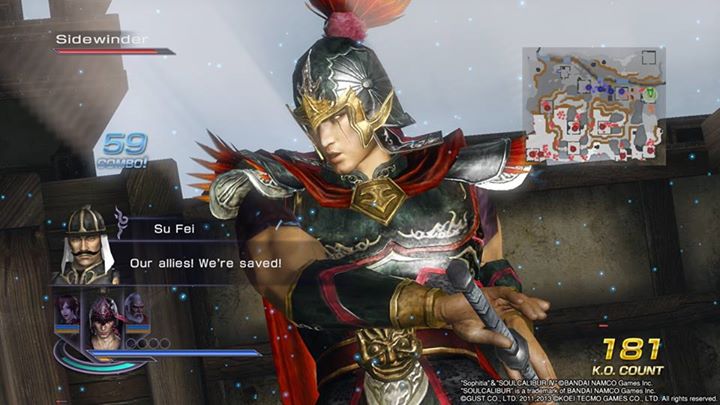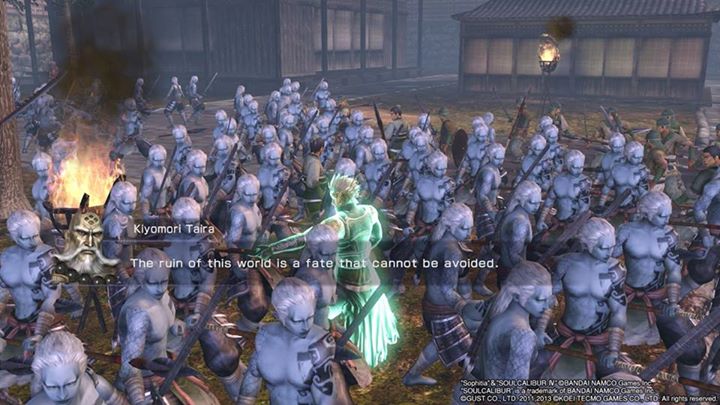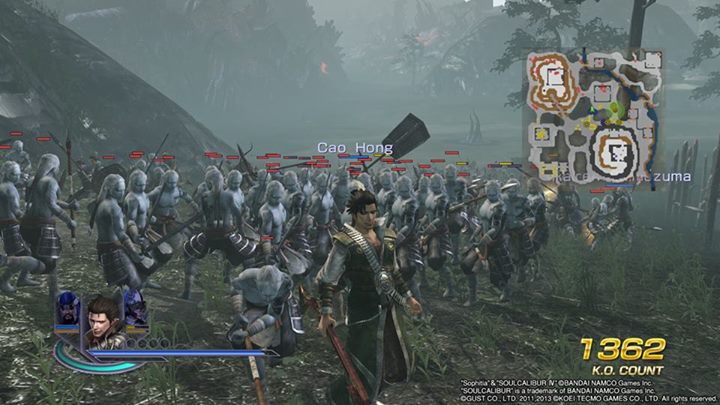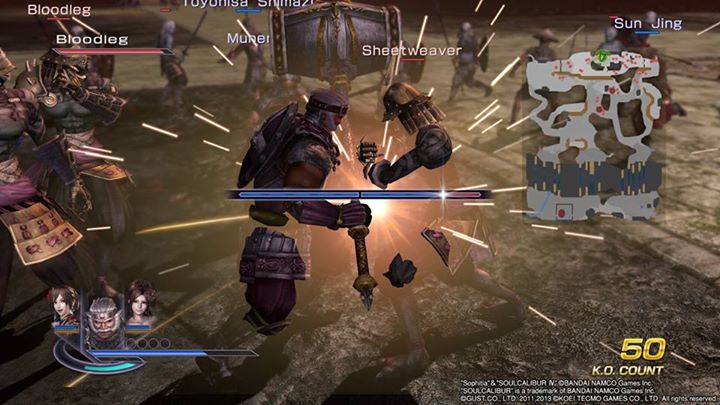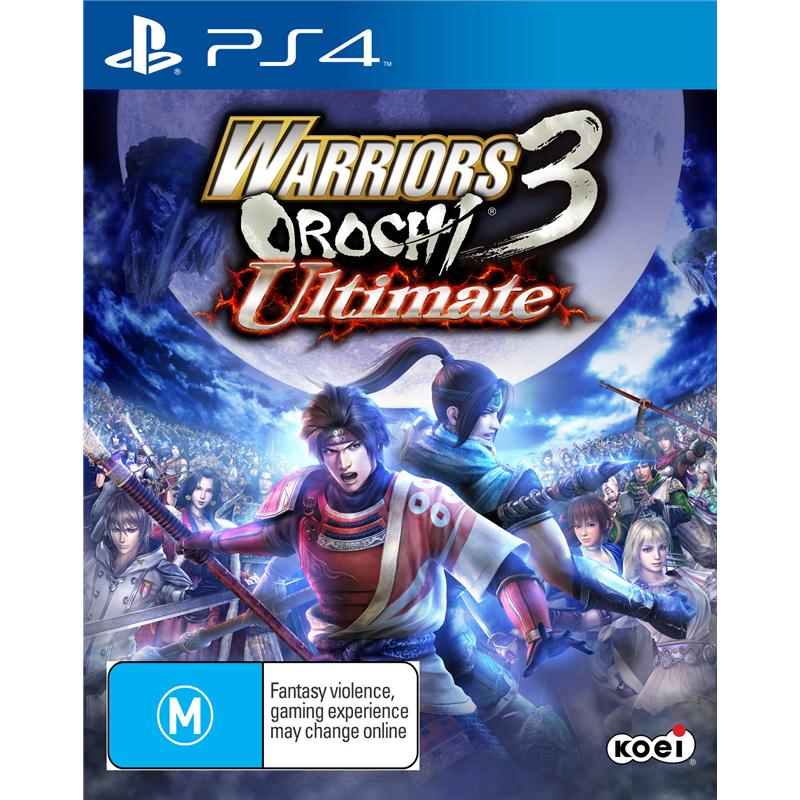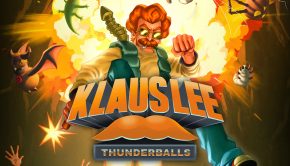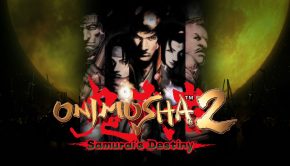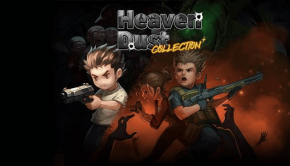Warriors Orochi 3 Ultimate PS4 Review
Summary: It’s one solid time-travelling time sink.
4
Mindless fun
Warriors Orochi 3 Ultimate
Developer: Omega Force
Publisher: Tecmo Koei
Genre: Beat-‘em-up/Action
Rating: M15+
Reviewer: Dakoda Barker
After its release in 2011, Fifty Shades of Grey shook things up. Never before had fanfiction been so outrageously popular. Literature purists decried Fifty Shades as being talentless drivel, but that didn’t stop legions of readers from devouring the book and its sequels. People didn’t care whether Fifty Shades of Grey was “good” or not—they loved it all the same.
Warriors Orochi 3 Ultimate is videogame fanfiction. Nobody will praise it for its artistic merits. Nobody will laud the storyline for being brilliant or evocative or moving. Warriors Orochi 3 Ultimate is not that kind of game.
For over 14 years, the core Warriors franchise has been a straightforward beat-‘em-up. Spinoffs aside, there has been little actual evolution—each instalment refines that simple formula, but don’t expect any drastic changes. Warriors Orochi 3 Ultimate is no different: there are some tweaks, but everything will feel familiar to anyone who has ever played a Warriors game.
This familiarity is not necessarily a positive sign. The cover art features Zhao Yun and Yukimura Sanada—the poster boys of the Dynasty Warriors and Samurai Warriors series—while the story mode’s “main characters” are conspicuously absent, even from the background crowd. It furthers the sense that Warriors Orochi 3 Ultimate is just stagnating fanfiction—nothing more than a conservative, risk-free cross-over that attempts to capitalise on the popularity of its parent series.
The biggest change—and one that keeps Warriors Orochi 3 Ultimate from looking like a simple rehash—is to story mode. The traditional clan storylines are out, replaced by a single, expansive campaign. Instead of moving from battle to battle, the player operates out of a central hub—the war camp—and can choose which battle to proceed with. This freedom, limited and superficial as it is, prevents the campaign from feeling limited and painfully repetitive. Being able to replay any battle at will is also immensely helpful when trying to level up, given the gargantuan cast size.
This overhauled story mode can probably be attributed to the bizarre time-travel plot. The worlds of Dynasty Warriors, Samurai Warriors, and more (expect some Dead or Alive cameos, among others) have crashed together as Orochi’s armies seek to… break stuff.
The game opens with all bar three of the heroes dead, and the rest facing an impossible battle against Orochi’s eight-headed hydra. With the assistance of some mysticism, the three heroes escape and begin a quest to snatch their friends out of space and time to assemble a capable fighting force.
Hindsight and time-travel magic are powerful skills to have on side. Each hero saved reveals more key battles where further allies can be rescued. But, as with most time-travel tales, there are plenty of paradoxes and inconsistencies. Some battles can be repeated after certain side missions, to ensure that a specific character can be saved. This suggests that actions in the distant past can affect the recent past. But enemies are constantly recycled—including mind-controlled allies that might have already been freed and ripped from the timeline—which suggests that each battle exists on separate timelines, and that the heroes are rescuing “copies” of their friends.
This concept—like the rest of the plot—doesn’t hold up to scrutiny. Fortunately, the combat is far more coherent. Each battle takes somewhere between 10 and 20 minutes, which is the perfect bite-sized chunk. The immense cast size still plays with enough variation to keep things interesting, though don’t expect characters to feel “unique”. Each battle has a recommended team, but players may simply choose to play with the coolest or most satisfying characters.
Mowing through mooks is as satisfying as ever, but the draw distance is really sketchy. Enemies disappear and reappear randomly, which is beyond frustrating when trying to deal with enemy officers. The Warriors franchise has always boasted its ability to render huge numbers of characters on screen at once, but it doesn’t feel optimised and that often leaves the maps feeling like big, empty boxes.
Some of the enemy officers have an almost game-breaking knack for dealing instant death. Defeating the major officers like Sun Wukong and Kiyomori Taira isn’t terribly difficult. However, they can launch combo attacks of their own. If the player character is wounded, misses a dodge, or just doesn’t have anything left in the Musou gauge, then these combos can be unavoidable death. With the maps being bite-sized chunks, making use of the mid-battle save function is inconvenient—right up until that last officer utterly demolishes the character with a single combo.
This would be less frustrating if not for the fact that defeat results in the player being kicked back to the main menu. No retry option, no quit to the camp. Just unceremoniously booted out. And it’s not just battle progress that can be lost. Any actions taken in camp—missions unlocked, weapons crafted, tea parties hosted—since the last battle are erased. The camp has no save feature, so winning a battle is the only way to ensure progress is saved.
Warriors Orochi 3 Ultimate is packed with content. Each character can be promoted once they hit level 100, resetting their level and awarding stat boosts. This can be done nine times per character—completionists will be kept busy. Gauntlet mode—a five-character multi-level dungeon escape—and Battlefields mode—effectively a level and campaign editor—add a whole stack more content.
But not everything is worthwhile. Some of the side missions in story mode are locked until certain characters strengthen their bonds. Bonds are strengthened by hosting tea parties at the teahouse or by grinding battles. Tea parties cost gems, which are also gained by grinding battles. It’s an unnecessary, artificial lengthener and pointless roadblock to new battles.
Warriors Orochi 3 Ultimate is not videogame literature. It’s fanfiction—rough, unpolished, and unapologetically hammy. The Warriors formula is still imperfect and Warriors Orochi 3 Ultimate fails to iron out all of the flaws, but there are improvements. And as flawed as it is, there are few games—if any—that can stand up to Warriors Orochi 3 Ultimate for pure beat-‘em-up joy.


